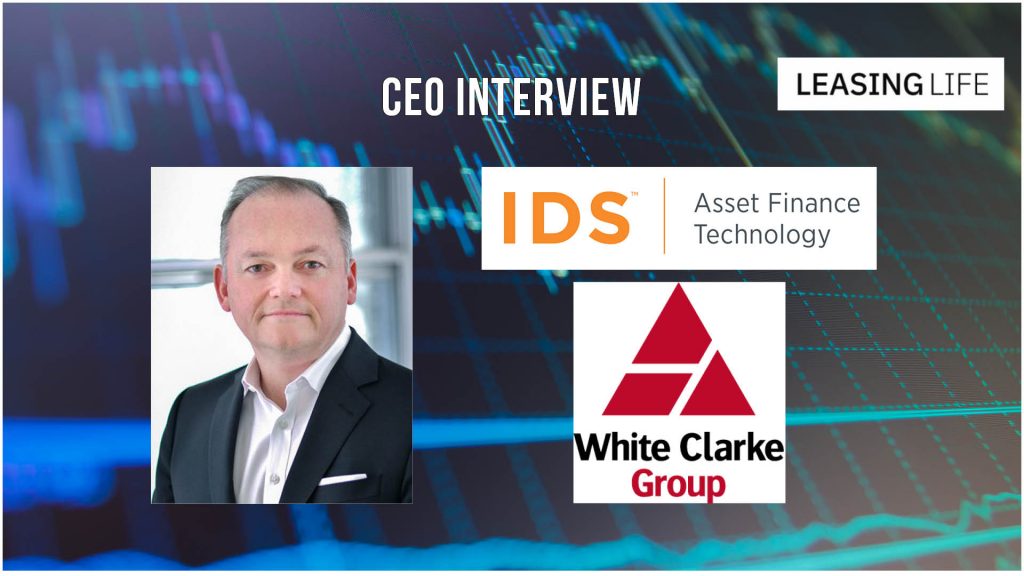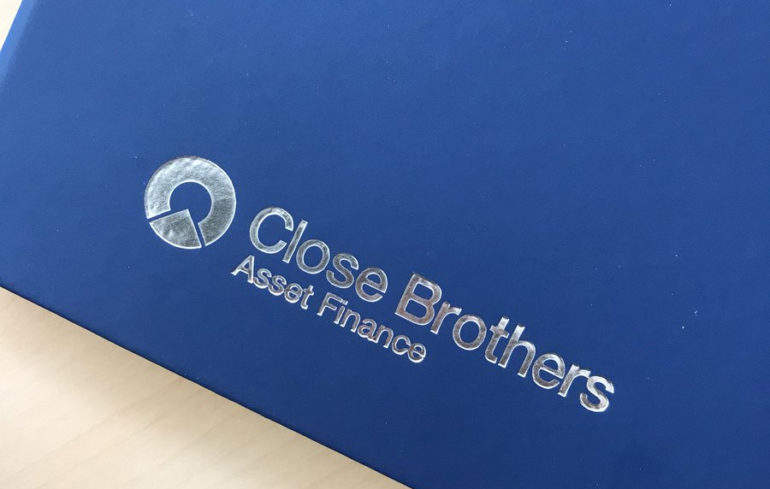Microlease chief executive Nigel Brown
explains how a whole-life approach to asset management can maximise
the value and return on investment of physical assets
The recent headline news in the UK that the
country’s Ministry of Defence has lost track of assets worth £6.3bn
is a good example of just how important managing inventory can be.
Just like many large private sector enterprises, the reason that
some organisations do not always have visibility of assets is due
to their maintenance management approach, rather than a more robust
best-practice approach which should incorporate whole-life
planning, life-cycle costing and planned and proactive
maintenance.
Accountability is a key issue in managing
assets. The financial director might manage the value of assets on
paper, but is likely to be completely unaware of service status,
how the equipment is used or even if it is still within the
company’s inventory.
For organisations with large quantities of
test equipment, this substantial investment should be given careful
management. Key decisions such as whether or not this asset
management takes place in-house, and what systems and competencies
are needed, must also be evaluated. This should include a strategy
for acquiring them in the first place to optimising use,
management, maintenance and how to dispose of them at the end, all
of which can make a huge difference to a business, both in terms of
return on investment and, crucially, competiveness.
The importance of buying
well
The best approach to acquiring new equipment
is to think closely about the need and usage and take advantage of
flexible procurement options. A good starting point is working out
how long the anticipated usage of the equipment is likely to be.
While this may be difficult to estimate exactly, categorising the
equipment into items that are only likely to be needed for a fixed
period, or only from time to time, and those that will be used
continuously for many years on a production line, for example, will
immediately help in the best choice of solution.
How well do you really know your competitors?
Access the most comprehensive Company Profiles on the market, powered by GlobalData. Save hours of research. Gain competitive edge.

Thank you!
Your download email will arrive shortly
Not ready to buy yet? Download a free sample
We are confident about the unique quality of our Company Profiles. However, we want you to make the most beneficial decision for your business, so we offer a free sample that you can download by submitting the below form
By GlobalDataThe second key question is budget;
specifically how will the equipment will be financed, what budget
is available and how lengthy will this process be? Leasing options
allow full use of the equipment but have built-in support services,
taking the pressure off calibration, repair or tracking schedules
and allowing users to concentrate on core tasks.
Managing technology and cultural
change
A report by the analyst firm Frost &
Sullivan stated that typical utilisation rates for test and
measurement equipment can be as low as 20%. For the remaining 80%
of the time, these instruments are financially depreciating.
Moreover, to be confident in the results and ensure the equipment
conforms to the relevant standards the user must keep it
calibrated, deal with any repairs and store and track its
location.
Traditionally, the field-based maintenance
worker tasked with asset management has not been desk-based which,
in the past, has made it difficult to track and maintain equipment
effectively. Now, advancements in both asset management software
and the increasing prevalence of mobile devices mean that
technicians are more able to view relevant asset management data
while on site – and are therefore in a better position to service
assets and report on assets when they require maintenance service
or inspections.
Cash in the attic?
The objective of asset management is to strike
the right balance between maximising overall object productivity
and minimising cost of ownership. A best-practice life-cycle asset
management can help evaluate whether it is more cost-effective to
continue to maintain, overhaul or replace a failing asset.
When disposing of an asset, rather than simply
throw it out, due-process must be followed to ensure that it is
taken care of in a responsible way. Not only is this not very
straightforward and costs the firm money, in many cases it may also
mean missing out on the opportunity to regain budget. Selling-on
‘dead’ assets which are no longer needed after a project or cost
more money to refurbish than they are worth to the business can
therefore be a financially smarter – and more
environmentally-friendly – option.







